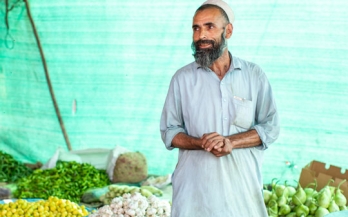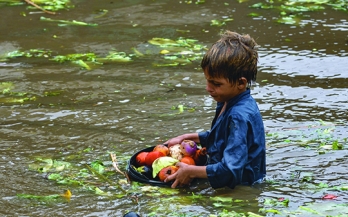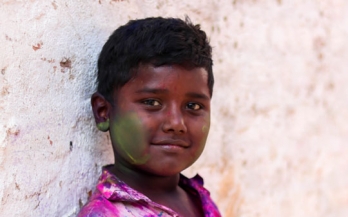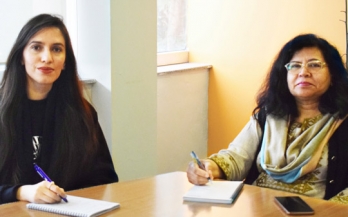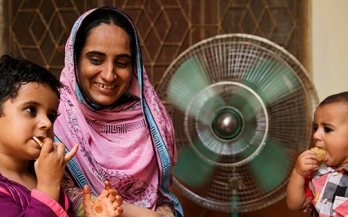The pressing need to improve environmental sustainability and resilience became manifest in Pakistan in 2022, when severe floods destroyed crops across two-thirds of the country’s food basket, contributing to surging food prices, lost incomes, and increased poverty and driving over 14 million people to be in need of emergency food assistance.
Read our sixth story in the series on The Food Crisis: What's Happening, a collection of work on the current events and the impact communities are seeing on a global scale. The Food Crisis is affecting everyone socially, economically and nutritionally. Farrah Naz, Country Director at GAIN Pakistan, discuss the wide reaching ripple effect the massive flooding caused by the climate crisis will have on Pakistan, affecting the most vulnerable in society, and what actions need immediate attention.
Pakistan is a lower-middle-income country with a population of more than 215 million, and the 5th most-populous country in the world. At the current growth rate of 1.8%, its population is expected to increase to around 255 million by 2030. Pakistan has one of the world’s highest rates of malnutrition among women and children.
We girls wore different clothes to the boys, I was sent to a girls’ school while my brother was sent to a boys’ schools. Although I did not like it, I was told this is the way the world was, and girls and boys have to go to separate institutions.
When I was a young woman commuting for work on public transport, I faced daily sexual harassment.
I just returned from a trip to Islamabad to meet the GAIN team and some of our partners. I’m no expert on Pakistan, but compared to 2013, the commitment to accelerate reductions in malnutrition seems to have increased significantly. Nutrition is reported to be much more prominent in the next 5 year draft National Development Plan which is waiting to be ratified by the new Government elected in late July.
